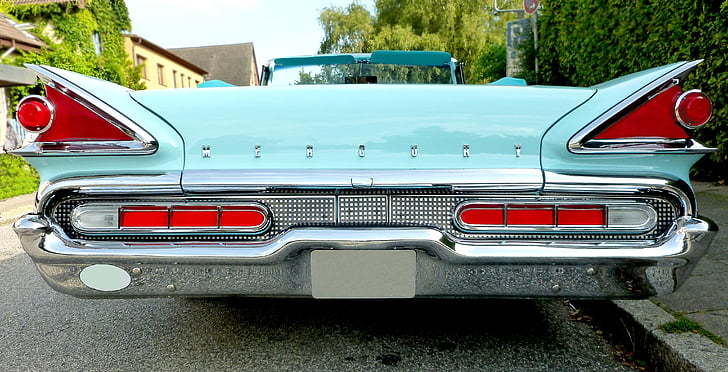
The classic car: it’s the iconic image of a past era of style, sophistication, and class. Cars that are now coveted for their rarity, beauty, and distinction defined an era – and an experience – of luxury and sophistication as we make our way on the roads today. But what’s often overlooked when talking about these classic automobiles is the interior design that shaped them.

While exteriors of classic cars were described as “futuristic” and “sleek” even at their release, true luxury and style were found within the cabin. One need only take a look at the 1928 Cord L-29 to understand the level of craftsmanship that was mastered in the early 20th century. The Cord, like many of its brothers of the era, featured luxurious leather interior appointments that defined the era of motoring.
Yet luxuries weren’t only found in leather seating and refined woodgrain accents. Luxury was defined in the details. Take the 1941 Lincoln Continental, for instance: carved from marble and intricately etched, the dashboard of ‘41 Continental was beyond compare. This kind of detail and craftsmanship was unique to the era in which classic cars originated, and has yet to be replicated in cars today.
As we’ve moved through the 20th century, this level of detailing has slowly transitioned from classic car interiors to more modern car models. Many modern-day cars feature more subtle detailing, such as hideaway appliances and retractable cupholders; while others offer roomy, isolating designs for the driver and occupants, with soundproofing materials and advanced control systems.
Today, classic cars are as popular as they were in their heyday, and the interior designs of cars from the early 20th century have had a huge influence on the modern-day car. The style and elegance of these cars are timeless, and with careful maintenance, these cars can remain beautiful and luxurious symbols of an era for many years to come.













